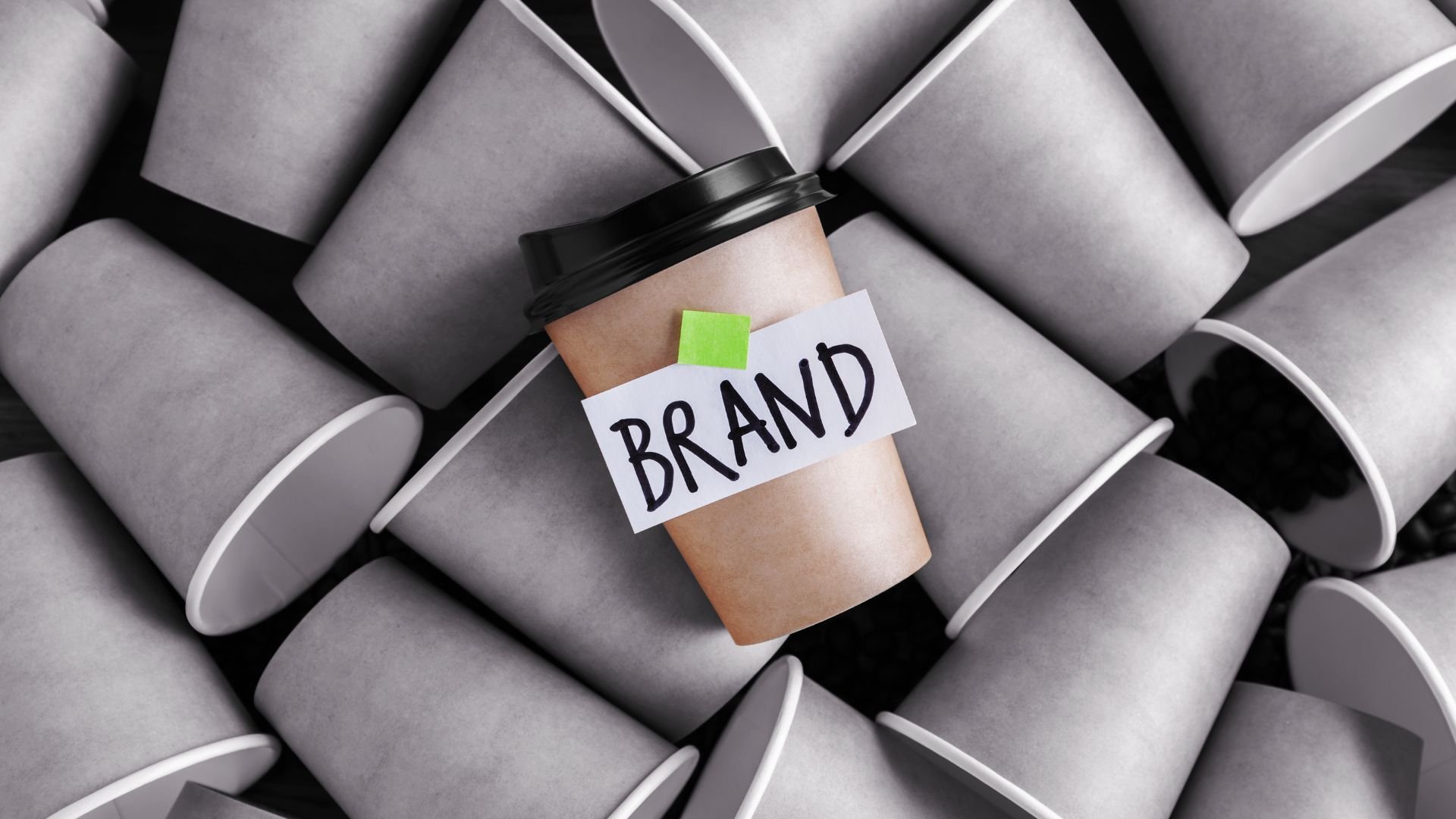When we refer to brand identity example, it is important to explore all the key ingredients required for the longevity of your brand. First impressions last, therefore it is important that you set off on the right foot in your brands visual identity.
What is band identity example, and what is it for?
A brand identity is the personality of a company and its products, and it represents the core values it wants to demonstrate to its customers. By looking at a brand identity example we can begin to answer the following questions:
How does your brand identity make people feel? And, does the identity of your brand arouse emotions? Be it nostalgic, happy, or sad, it is a powerful aspect that leaves a mark on those who are exposed to the visual impact of your brand.
There are endless examples of inspiring brand identities out there. Each brand has its own unique personality that appeal to individuals in their own distinct way.
As humans we unfortunately break promises with our friends and family, albeit not on purpose, but a brand does not have this same flexibility. It must stay transparent and maintain its trust with its customers.

Evolution of brand identity
More than ever, these brands and their identities are available to customers, howevere not just on billboards or at bus stops. Social media, has an ‘all access open’ policy, that give brands the possibility to further shape and curate their personalities to appeal to the various needs and emotions of its customers.
Doesn’t it feel great when a brand sends you a message via WhatsApp… like a friend, right? That brand has opened up its personality to become even closer to you. It’s almost like having special access to something that never seemed possible before.
The brand is now a social butterfly
Because the personality of the brand is always ‘on’ as so to speak, the brand has the luxury of spreading its joy across social media platforms by simply adjusting its tone of voice from formal for LinkedIn to less formal for Instagram.
The DNA of the brand identity/personality is always the same, but impressively adapts to its customers. In, essence, brands are now in the business of wanting to get to know its customers on a more intimate level.
With the aim of making interactions seem as real-life as much as possible. Something that was once so intangible is now tangible.
What gives a brand more edge?
It is not just about the name of the brand, but all the other features such as but not limited to:
- Tone of voice – expressive, playful, and honest
- Color palette – tones, shades, and hues
- Typography – fonts, slang, and hashtags
- Graphics – logos, illustrations, and images
It is a combination of all these elements that amplify the brand identity beyond having just a brand name.
We as customers have become highly skilled at calling out a brand if we perceive its personality to be unavailable to us. Other times brands surprise us.
We all recall the famous ‘Oreo won the super bowl blackout’ scenario. This was an amazing twist and is a stunning example of how the Oreo brand identity for example adapted to its environment.
With a team of social media strategists, copywriters and digital artists, they had the creativity to react and respond to a crisis by using Twitter as a communication vessel. They demonstrated three highly sought out personality traits strength, flexibility and loyalty in the Oreo brand identity.
In effect, once a brand identity example successfully leaves an impression or resonates with its customers, the outcomes of that are:
- Customer retention
- Customer acquisition
There is a plethora of brand identity example
Take a look at out top picks.
- 7UP
This coming March will see an overhaul of the brand’s visual identity. The SVP and chief design officer of PepsiCo, Mauro Porcini, states that: “Our new visual identity for 7Up was inspired first and foremost by the brand’s creation of moments of Upliftment throughout its history. The PepsiCo Design and Innovation Team created a bright and confident visual identity system that will echo across cultures, regions and languages.”
- With a new tag line: ‘’New get up same 7Up’’, to reinforce what the brand represents, and that the look has changed but not the product.
- While maintaining 7Up’s historical green palette the brand is staying true to its visual birth color, but adding some zesty hues, inline with modern times.
- Burberry
When the brand was facing a major identity crisis, a total revamp was the only remedy.
- They geared their focus towards a younger demographic - Millennials and Gen Z.
- They garnered a community of trusted brand advocates.
- Centers Parcs
Centre Parcs Europe has been at the helm of holiday making steeped in nature for over 55 years. Design Studio are responsible for redefining the brand story, making way for a new visual identity. Design studio focused on key elements:
- Centre Parcs brand name
- The typography
- The new color palette
It was fundamental that these modifications emphasized the brands founding principals of ‘man + nature’, and what connects us.
The transparency of their brand identity transformation is beyond impressive, and it almost walks the customer through the process making this brand identity example very customer orientated. The website has a dedicated button: It's time to reinvent ourselves! To know everything about our new identity: click here.
In addition, this is a beautiful way to reconnect with its customers and an even better way to connect with new potential customers.
What is the importance of brand identity?

A brand identity example is where mission statements stem from, because you cannot have the latter without a brand identity example.
The logo, the palette, the wording and the essence of the brand identity is what will attract people to your brand, and what your brand has to offer, because a good brand obtains a strong dedicated following.
But, by just establishing a brand identity does not mean one should see this as a task completed. In order for the identity to survive, it must constantly listen to and monitor its audience i.e. those who advocate for your brand.
Learn to adjust to the needs of the customer is one of the many ways to strive and this is done through keeping your brand identity in-check. Because, we live in a society where we grow bored easily, it is becoming more challenging to create a ‘shock’ factor and deliver up to the expectations of the customer. What is cool today, is old-fashioned tomorrow.
It is worth noting, that customers appreciate consistency, hence keeping the brand identity example is pivotal when communicating with your customers, because you are also allowing your values to resonate with them.
Are you looking for an agency to trust in the creation and curation of your Brand Identity?
We at Ekeria can provide you with a free consultation and guide you through the process that best reflects your brand.
.webp)





